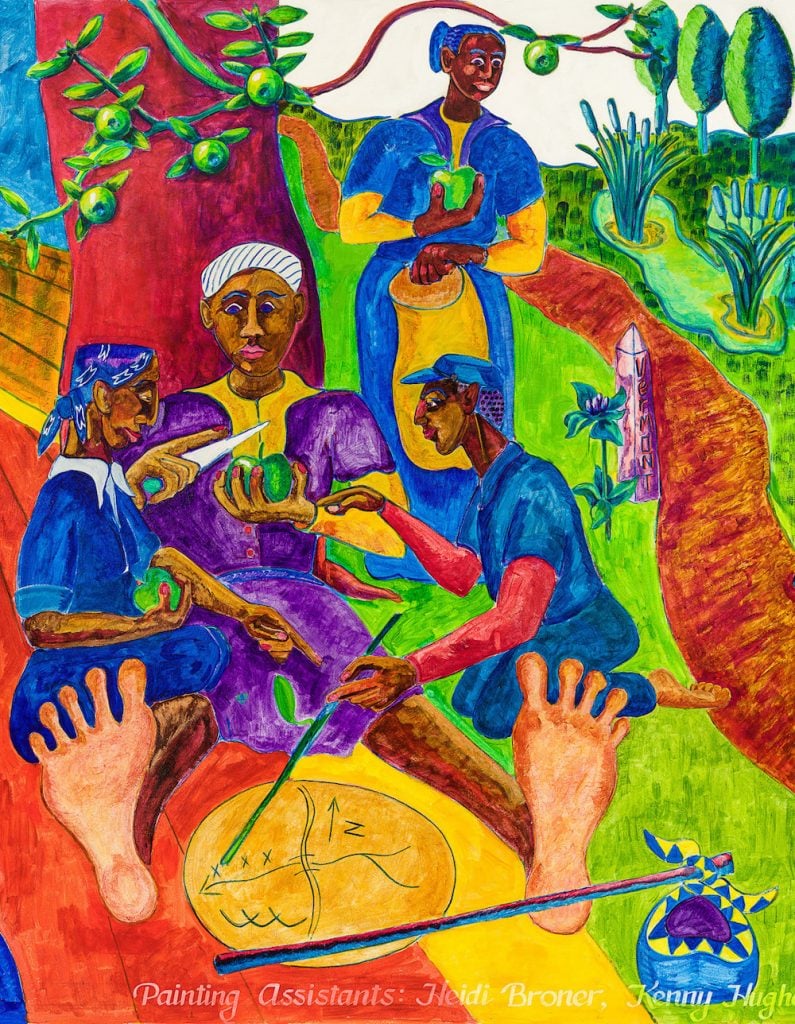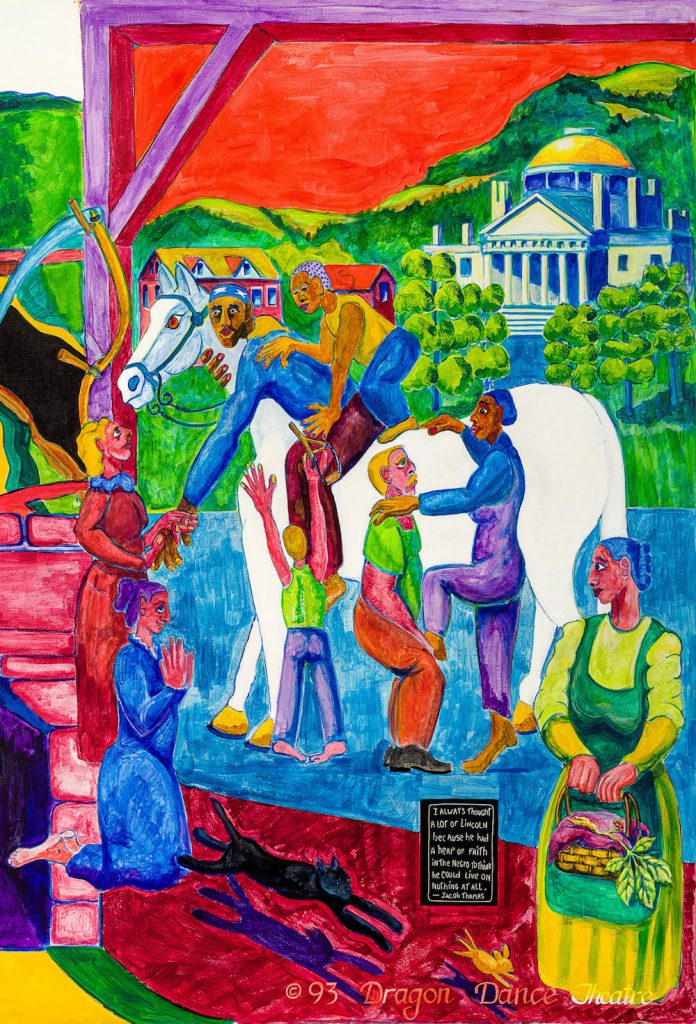Law & Politics
Vermont Law School Can Conceal Murals Deemed Racially Offensive, Against the Artist’s Wishes, a Circuit Court Ruled
The judge had to decide whether the act of concealment qualifies as "modifying" an artwork.

The judge had to decide whether the act of concealment qualifies as "modifying" an artwork.

Jo Lawson-Tancred

A pair of offensive murals about slavery can be covered up by Vermont Law School against the artist’s wishes, a second circuit court ruled on Friday, according to Courthouse News. The judge upheld a previous verdict made by a district court in 2021 that concealing the artwork would not violate a federal law that protects artists from having their work destroyed or modified.
The school commissioned white artist Sam Kerson, now aged 77, to make the two murals in 1993. Each measuring eight by 24 feet, the paintings were intended to commemorate Vermont’s role in the Underground Railroad, a network that helped enslaved people flee the U.S. south for the northeast and Canada.
Over the years, some students have criticized Kerson’s use of racist caricatures to portray Black people, describing them as “cartoonish” and “animalistic,” with “large lips, startled eyes, big hips and muscles eerily similar to ‘Sambos’.”
The school’s administrator Shirley Jefferson told the New York Times in February that she used to discourage students from protesting against the images until the murder of George Floyd in May 2020: “All of a sudden I said to myself, ‘that mural has got to go.'” She was among more than 100 students, staff, and alumni who sighed a petition for the mural to be removed.

Samuel Kerson, In Front of the capital 1855 detail of Abolition. Courtesy the artist.
An initial plan to paint over the murals was swiftly nixed when Kerson pointed out that this action would violate the Visual Artists Rights Act (VARA) of 1990. The federal copyright law allows artists certain rights over any works of “recognized stature” even when they do not own it, so that it cannot be destroyed, distorted, or modified without their approval.
After Kerson found he was unable to have the murals removed without damaging them, the school placed acoustic panels over the top so they would be hidden from view while remaining intact. The artist filed a lawsuit, claiming that this solution violated his rights under VARA. Following an initial hearing in October 2021, a district court sided with Vermont Law School.
Kerson chose to appeal the decision. At the time, the artist’s attorneys, Steven Hyman and Richard Rubin, told Artnet News that concealing the murals is “an affront” to the artist’s honor and reputation. A notice published online by their law firm McLaughlin & Stern said: “Kerson argued that the term ‘modification’ of artwork in the statute should be interpreted broadly to cover the impact on his professional reputation for creating art that promotes ‘the struggle for social justice.'”
At the latest ruling on Friday, chief judge Debra Livingston concluded that VARA “does not mandate the preservation of art at all costs and without due regard for the rights of others.”
“In the context of a work of art, ‘modifications’ clearly include certain alterations to the work itself, such as an additional brush stroke, erasure of content, or reorganization of a movable component,” the 39-page opinion read. “Modification, as conventionally understood, does not include concealing a work of art behind a solid barrier.”
“We are disappointed in the court’s interpretation of VARA and restrictive holding as to the meaning of ‘modification’ or ‘destruction’ within the context of the statute,” Kerson’s attorneys told Artnet News in a statement. “While the court ends with a plea that ‘the parties [identify] a way to extricate them… so as to preserve them as objects of art…” the court’s reading of the statute does the opposite. We are considering our options going forward.”
More Trending Stories:
Blue-Chip Artworks Seized From Top Portuguese Collector Will Be Featured in New Art Museum in Lisbon